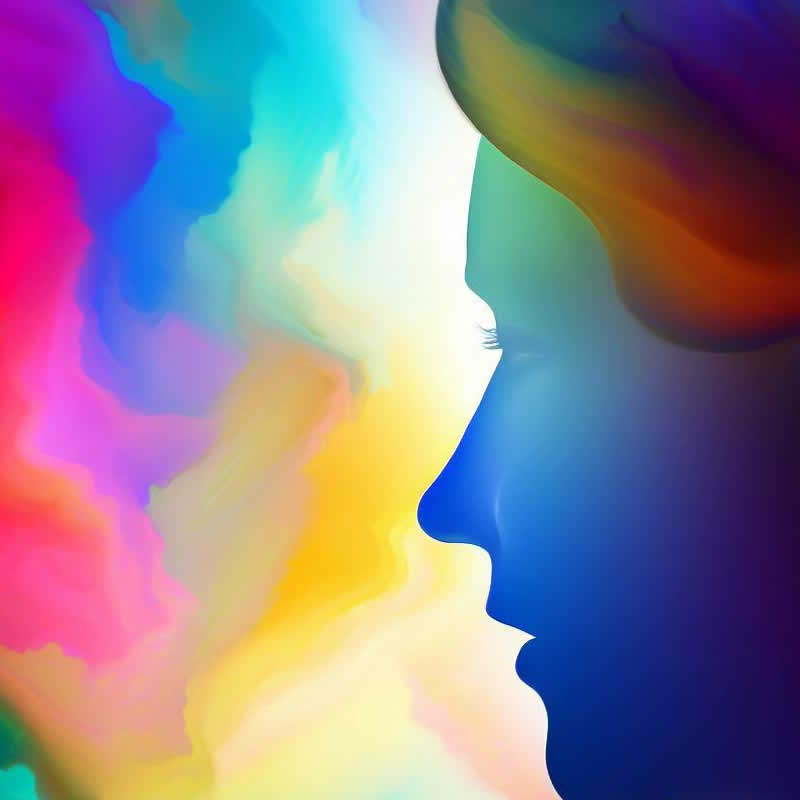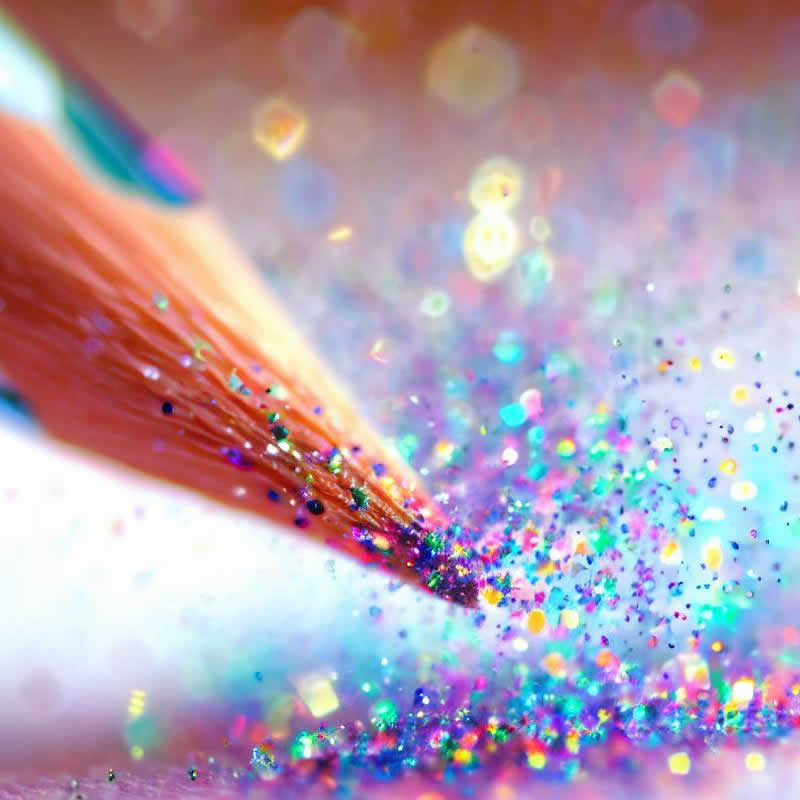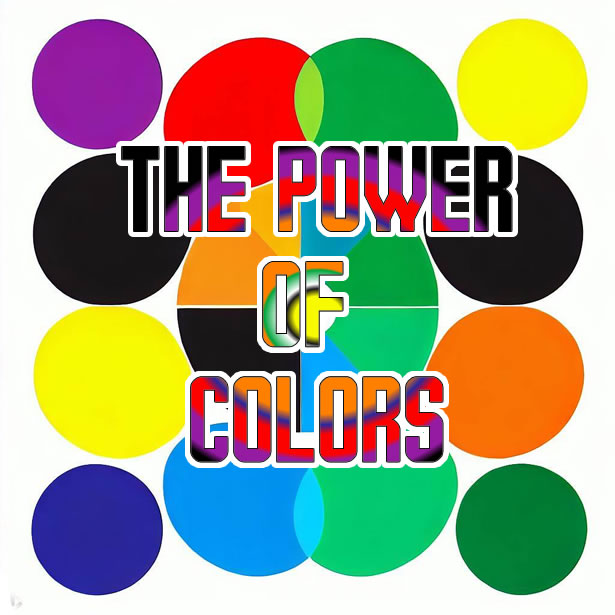
Colors play a significant role in shaping our emotions and behaviors. The study of color psychology aims to unravel how different hues evoke specific feelings and influence our perceptions. From the calming effect of blue to the energizing power of red, each color has the ability to communicate and connect with our innermost emotions. In this article, we delve into the captivating world of color psychology, shedding light on how colors shape our experiences and impact our daily lives.
The Influence of Color:
Colors go beyond being visual stimuli; they evoke powerful emotional responses that can influence our moods, decisions, and actions. As we interact with our surroundings, colors play a crucial role in shaping our perceptions of objects, spaces, and brands. The impact of color is evident in various fields, including design, marketing, and branding.
Warm vs. Cool Colors:
Continue reading The Fascinating World of Color Psychology: Understanding the Emotions Behind Colors




